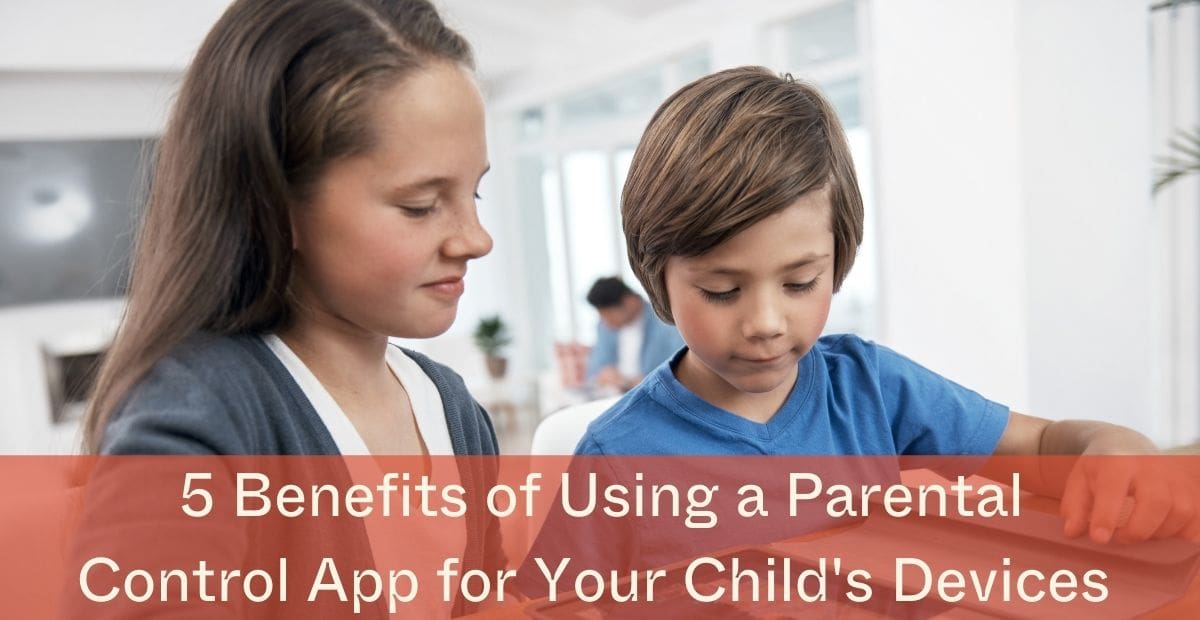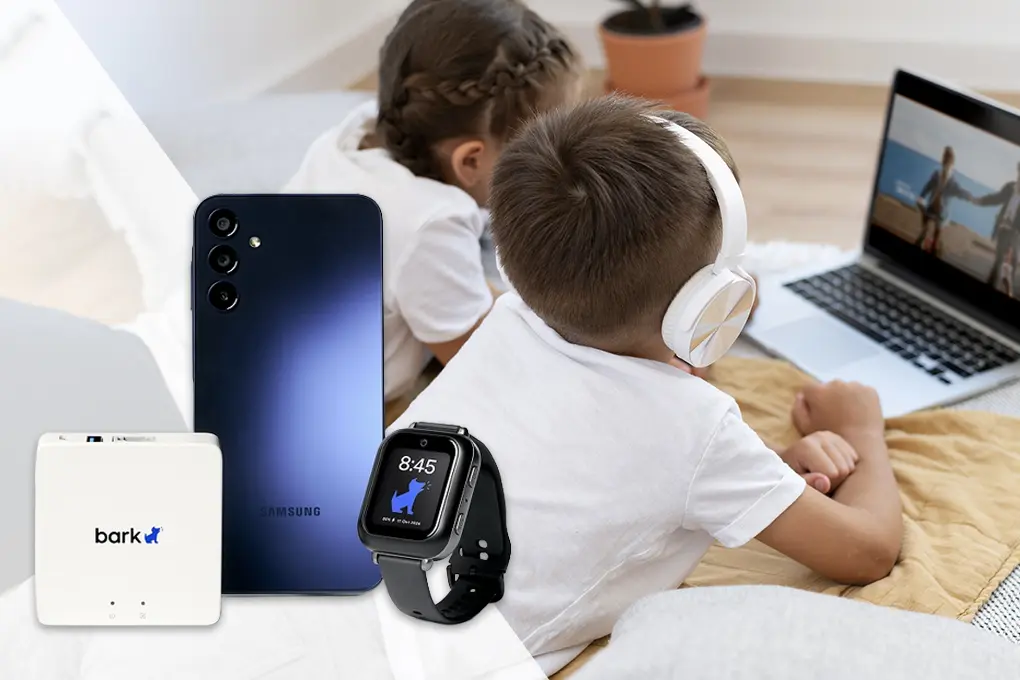Picture this: Your 8-year-old starts watching educational videos on their tablet, but within minutes, the algorithm leads them down a rabbit hole of inappropriate content. It happens in seconds – from innocent cartoon clips to disturbing viral challenges. With children spending an average of 5.5 hours daily on screens and 72% having their own mobile device by age 12, digital supervision has become more complex than ever.
As a parent who learned this lesson the hard way, I know the gut-wrenching moment of discovering what your child has accidentally encountered online. That innocent singing pumpkin video that turned into a horror show taught me an important truth: Traditional supervision isn’t enough in today’s digital landscape, where content shifts with a single misplaced click.
Recent data shows why parents are increasingly turning to digital protection:
- 40% of children have chatted with a stranger online
- The average child encounters inappropriate content by age 9
- Screen time has increased 50% since 2020
- 67% of teens know how to hide their online activity from parents
This guide breaks down the essential benefits of modern parental control apps and provides practical strategies to implement them effectively. You’ll learn:
- How to protect your child across multiple devices and platforms
- Smart monitoring techniques that respect privacy
- Age-appropriate control settings that grow with your child
- Real-time alert systems for concerning activity
- Ways to balance safety with independence
Whether you’re just starting to navigate digital parenting or looking to strengthen existing protections, understanding these tools can help create a safer online environment for your children.
Table of Contents
👥 See Who Your Child is Interacting With Online
Parental control apps like Qustodio come with an array of features to protect kids. You can see your children’s social media accounts, so you’ll know who they’re friends with and who they’re contacting on the apps. You can even monitor messages within apps to guard against inappropriate content and protect your child’s online reputation.
When your parental control apps let you set limits and blockers on their social media, you’ll know that your vulnerable children won’t fall victim to online predators or faux princes alike.
🗣 Reduce the Risk of Cyberbullying
Bullies used to thrive on playgrounds beyond the teacher’s supervision. And bullied students escaped their tormentors when they went home. Not anymore. With the rise of social media, cyberbullying has become a concern for many. Parental control apps help restore more oversight in places where bullies think there’s no adult control.
When your child is bullied online, you can:
- See bullying instantly
- Act fast by identifying and blocking the bully
- Talk to your child about what they can do to stay safe online
What do you get? Your child won’t endure months or years of bullying without anyone on their side.
☀️ Get Kids Off Their Screens and Outside
Solutions like Aura Parental Controls let parents manage how and when children go online on all their devices by setting up screen time limits. When your child maxes out on their screen time, they know it’s time to put away the device and do something else. This can be a great way to encourage your child to get outside, meet up with friends, or do something that doesn’t involve the screen. Your children then become conditioned to know when and how to ration their screentime, adding up to a balanced internet diet for your children.
More benefits? You stay in complete control. And your kids end up outside jumping on the trampoline or shooting some hoops.
🧭 Track Your Children Who May Have Special Needs
When we think of parental control apps, we think of them as monitoring websites and phones for inappropriate content, but some can help track your kids themselves, offering an extra layer of safety.
GPS tracking is the core benefit for devices like AngelSense, which offers wearable devices popular with parents of kids with autism. They even include a two-way speaker with listen-in capabilities, so parents can not just monitor where children are located, but who they’re with and what’s happening around them.
Other parental control apps focus on GPS tracking for a child’s phone, and you can get notifications when they change locations. So, if you have older kids who are on their own at their after-school activities or at a friend’s house, you’ll always know where they are.
The benefit: You won’t need to wonder where they are if they’re where they say, or who they’re with. You’ll know.
📺 Ensure Your Kids Are Only Viewing Age-Appropriate Content
More than half of 11 to 16-year-olds have seen something inappropriate online, and most never went looking for it in the first place. Poor search results, misspelled words, and inappropriate pop-ups can intrude on our children at any time.
With parental control apps, kids won’t see content in any of the categories you choose, customizable for age and family values. That way, you’re more intentional with what your children see and when they see it.
The benefit? Fewer worried kids who are forced to deal with topics beyond their years.
Taking Control: Making Digital Safety a Family Priority
Modern parental control apps have evolved far beyond simple website blocking. They now offer essential tools for raising digitally responsible children while protecting them from online threats. The key is finding the right balance between safety and independence.
Smart Implementation Strategies:
- Start with open family discussions about online safety
- Choose age-appropriate controls that grow with your child
- Focus on teaching digital literacy alongside restrictions
- Monitor activity patterns rather than micromanaging
- Keep communication channels open about online experiences
Remember: The goal isn’t to restrict your children’s digital world but to help them navigate it safely. As kids spend an average of 5.5 hours daily online, these tools provide peace of mind while teaching crucial digital safety habits that will last a lifetime.
The best parental control solution is one that fits your family’s unique needs and values. Take time to research features, read user reviews, and test different options. Most importantly, involve your children in the process – when kids understand why these protections matter, they’re more likely to embrace them.



